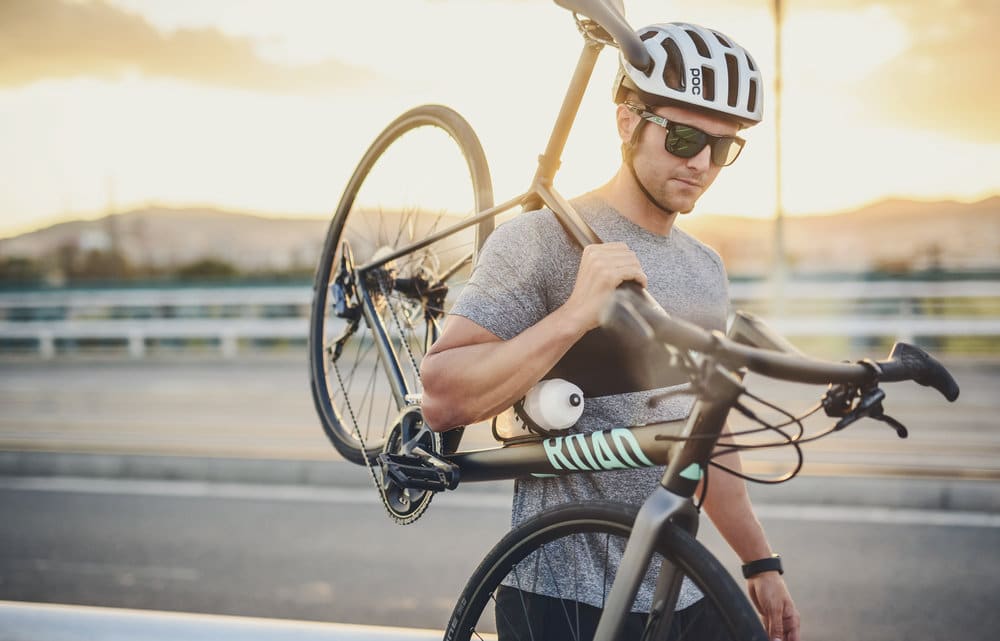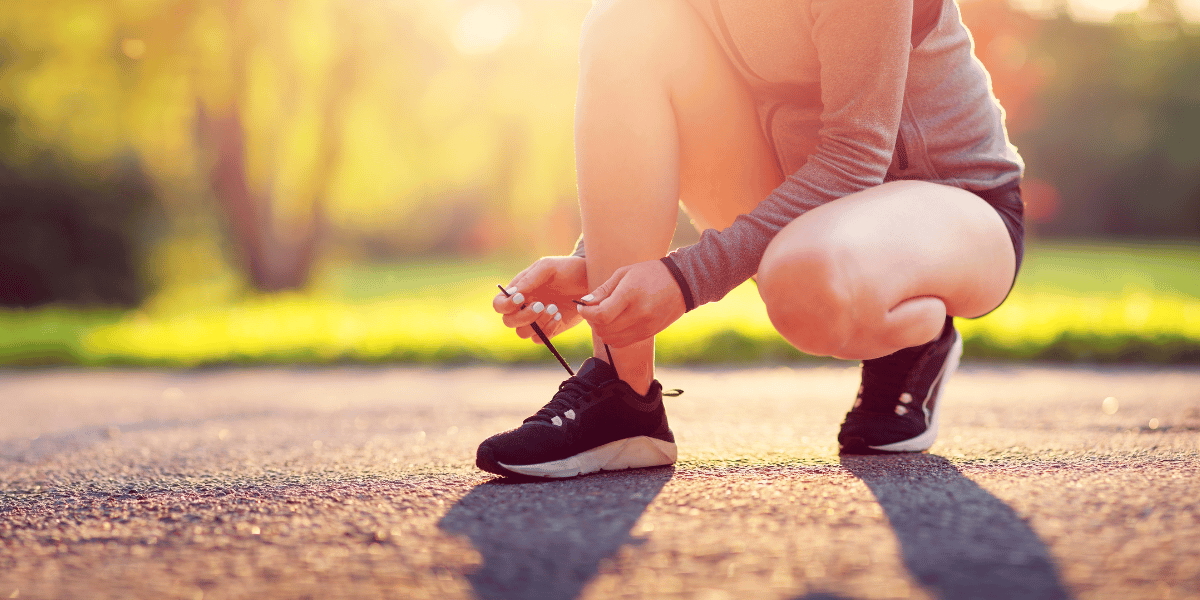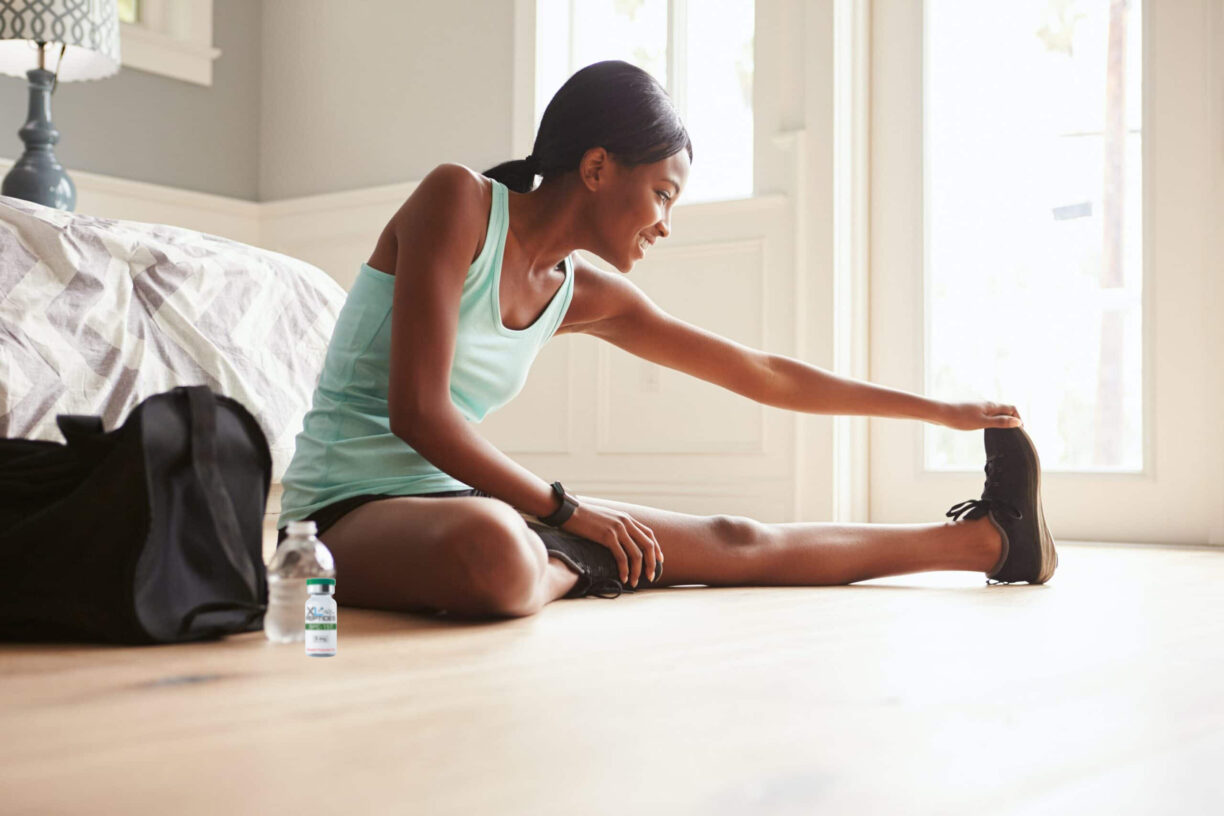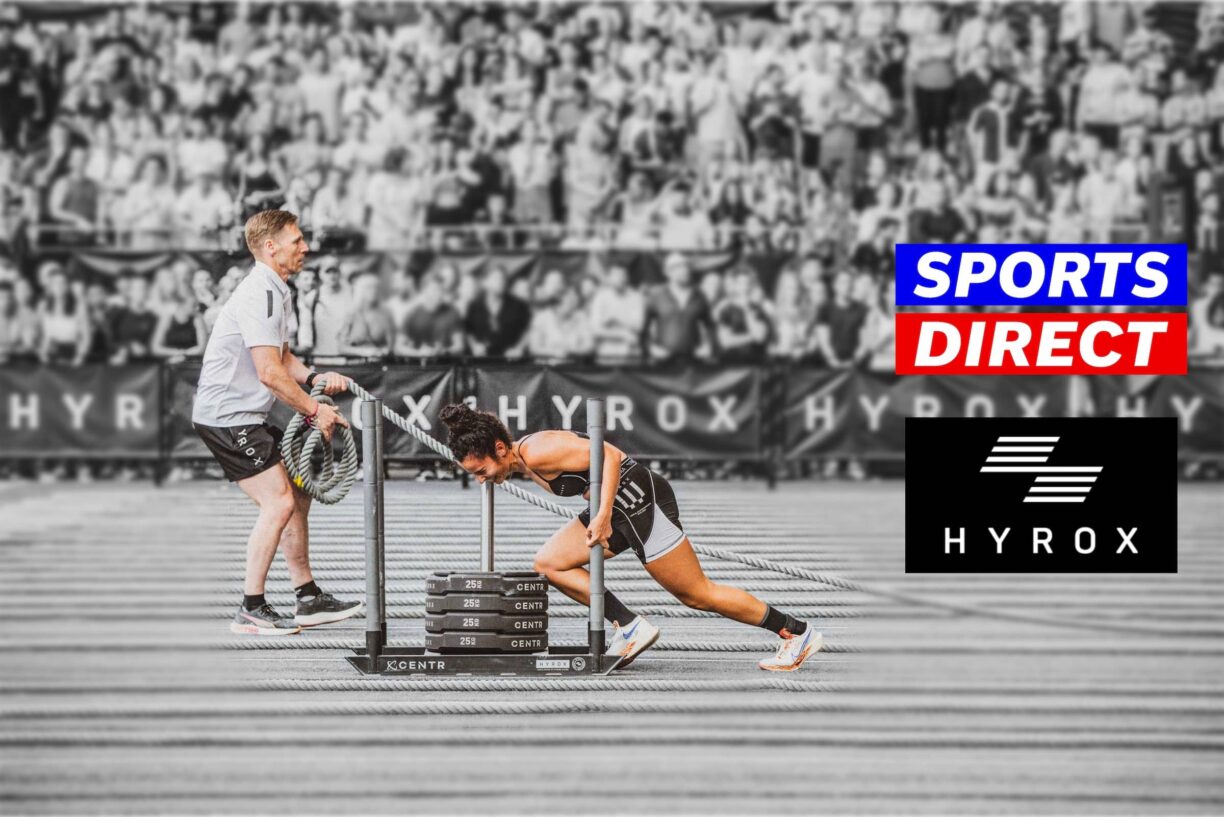Well, here’s a question to chew on over your morning coffee: Does cycling help running performance?
The answer, my friends, is a resounding “yes,” and it’s not just because cyclists have the chiseled legs of Greek gods.
It turns out, that hopping on a bike might just be the smartest thing a runner can do—whether you’re nursing an injury, looking to turbocharge your aerobic engine, or simply trying to keep your knees from sounding like a bowl of Rice Krispies.
Why Cycling Should Be on Every Runner’s Training Plan
Runners, bless them, often get locked into the mentality that the only way to get better at running is to, well, keep running. But here’s the kicker: adding cycling to your routine can boost your running performance in ways you might not expect.
For starters, cycling is low-impact, meaning it doesn’t pound the living daylights out of your joints like running does.
So, if you’re feeling as fragile as a porcelain doll after a marathon training block, cycling offers a kinder, gentler alternative that still gets the heart pumping and legs spinning.
One of the brilliant benefits of cycling is how it promotes recovery. A light, easy spin on the bike is like a deep tissue massage for your muscles, only without the uncomfortable eye contact with your massage therapist.
When you cycle at a leisurely pace, blood flow increases to those tired muscles, bringing in fresh oxygen and nutrients while flushing out all the nasty stuff, like lactic acid. It’s like a detox for your legs—minus the green juice.
Pedal Your Way to a Stronger Engine
Now, if you’re not just looking to recover but to actually crank up your running performance to the next level, cycling can still be your secret weapon.
Interval training on the bike is a fantastic way to build aerobic capacity without the impact that comes with speed work on the track.
Picture this: you’re hammering out hard intervals on the bike, sweat pouring, legs burning, heart rate soaring. You’re building that high-end aerobic power without blowing out your knees.
That’s why so many runners turn to cycling during injury spells. You can keep that engine revving without worrying about worsening a niggle.
Injuries may sideline you from the running track, but cycling keeps you in the game.
So, How Do You Start Pedaling Without Face-Planting?
If you’re a runner who’s never cycled before, don’t worry—you’re not alone. Getting started is easier than ordering a latte at Starbucks (and far less confusing).
For the cautious types, a spin class at the gym is a great way to dip your toe in the water. These classes offer a controlled environment where you can learn the basics, get a killer workout, and possibly pick up some new swear words from the person next to you struggling through a hill climb.
But if you really want to get a taste of what cycling can do for you, get yourself down to a local bike shop, rent a bike, and hit the open road.
Feel the wind on your face, the sun on your back, and let those endorphins flow. You’ll quickly discover why cyclists can’t stop talking about “the freedom of the road.”
Conclusion: Two Sports, One Goal—Better Performance
So, does cycling help running performance? You bet it does! It helps runners recover faster, build aerobic strength without the pounding, and maintain fitness during those dreaded injury breaks.
In the end, adding some pedal power to your training might just make you a stronger, more resilient runner.
Kim Hartwell’s Ride Your Workout: A Summer Fitness Boost with Canyon:
Hill reps in a high gear to build strength
Doing workouts where you ride uphill in a high gear will build strength:
- Warm up for 10-15 minutes first
- Find a big hill. Climb at a pace where you are just at an 8 or 9 on a 1-to-10 rating of perceived exertion (RPE) difficulty scale. Your breathing will be somewhere between ‘hard and even’ and ‘laboured and gasping.’
- When you’re ready, push as hard as you can for 10 to 20 pedal strokes (about 10 to 20 seconds).
- Back down and recover for 10 to 20 seconds.
- Repeat 4 more times.
- Recover 10 minutes and repeat the intervals from the top, if you’re so inclined.
Short intense efforts to build speed
Spiking your heart rate to maximum levels and encouraging a fast turning of the pedals (cadence) builds speed:
- Warm up for 10-15 minutes first
- Do 10 x one-minute all-out, best effort, sprinting, as hard as you can go out of the saddle, with a two-minute recovery of easy riding in between each minute
- Cool down for 10-15 minutes
Go further for longer to build endurance
A longer, more reasonably-paced ride will build endurance:
- There is a specific endurance training zone: it’s about 68 to 75 per cent of the threshold heart rate
- Thirty minutes at zone two won’t cut it: low-intensity rides need to be long enough to have any impact because intensity and time are closely correlated
- If you normally ride for an hour, then do a 2.5-hour ride at your endurance zone, which will be enough time to allow you to improve your endurance
And finally, don’t forget to stretch… yoga and mindfulness is a nice complement to fitness training and a great way to restore tired muscles post-ride.





